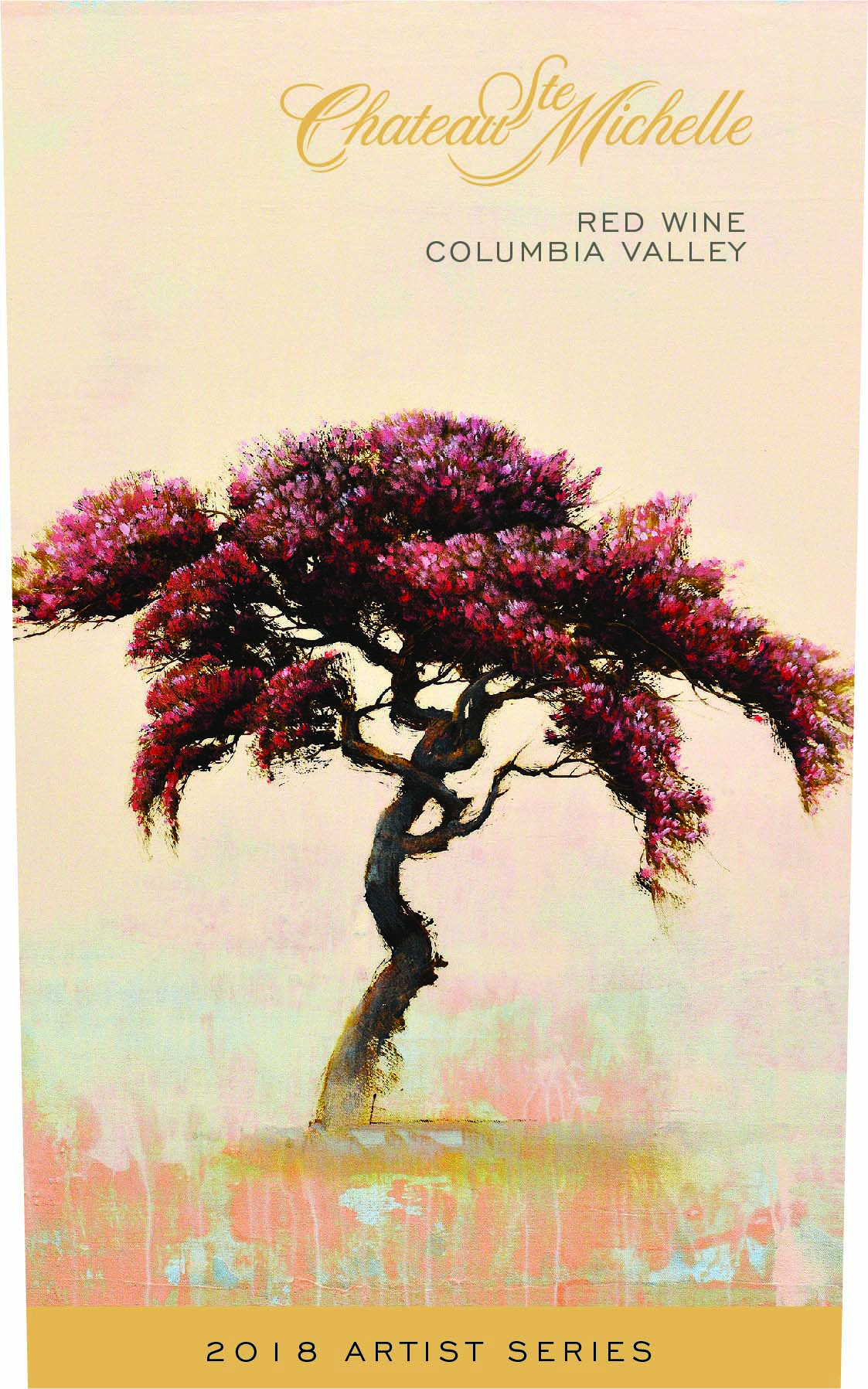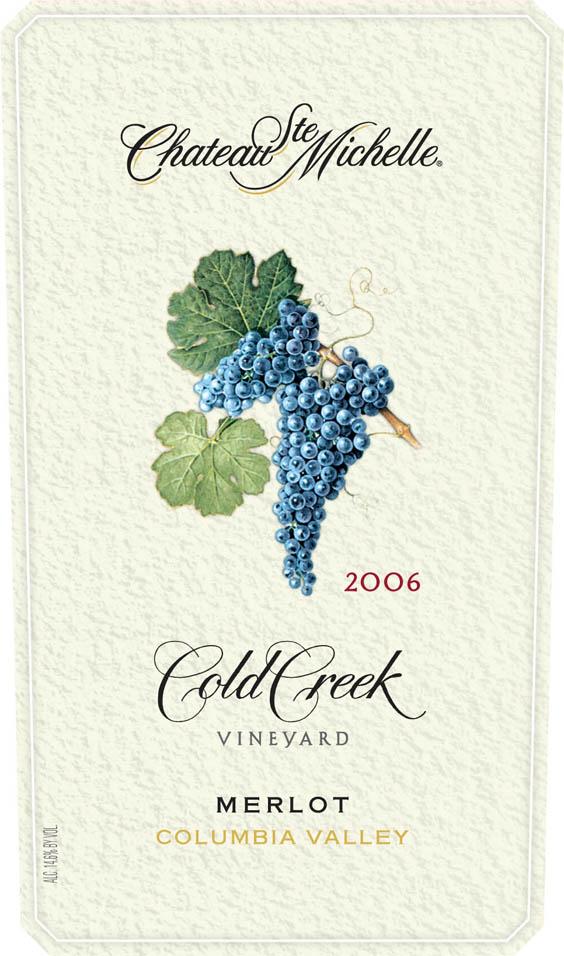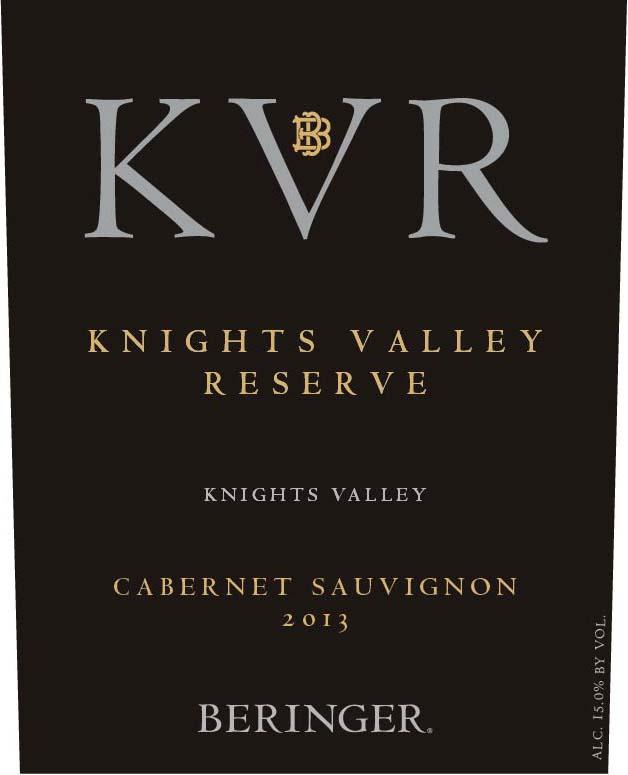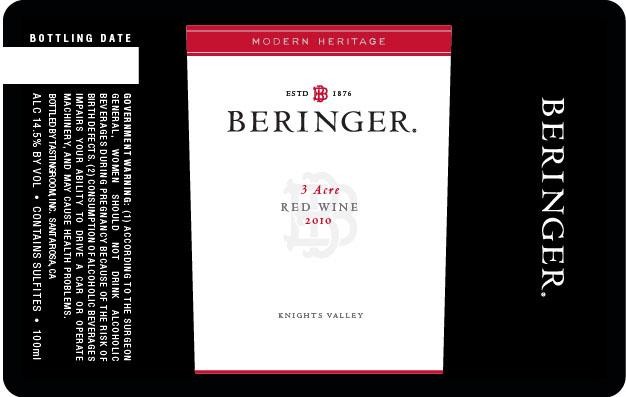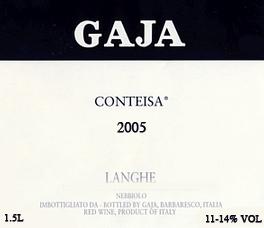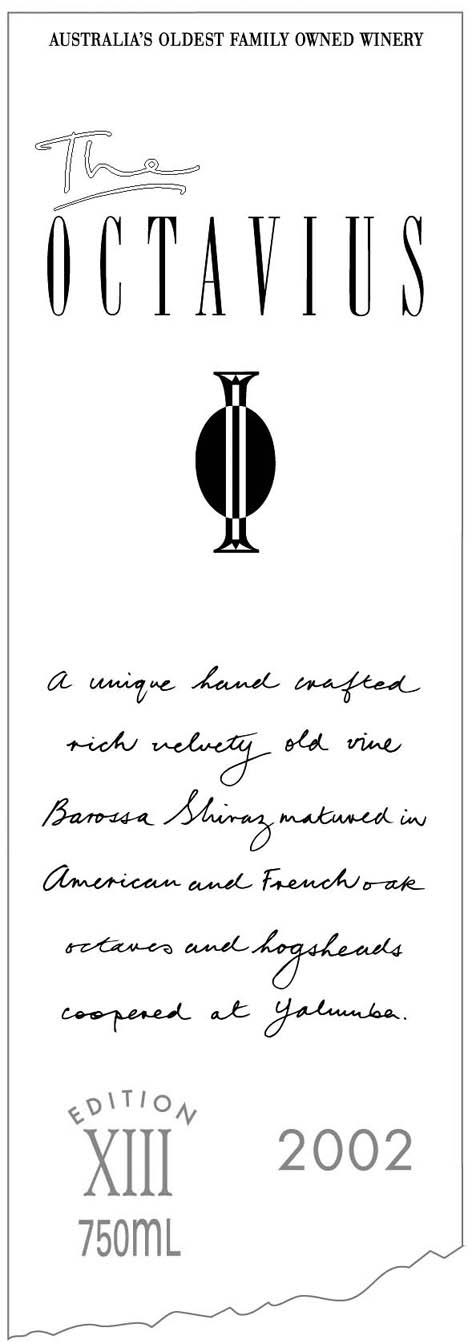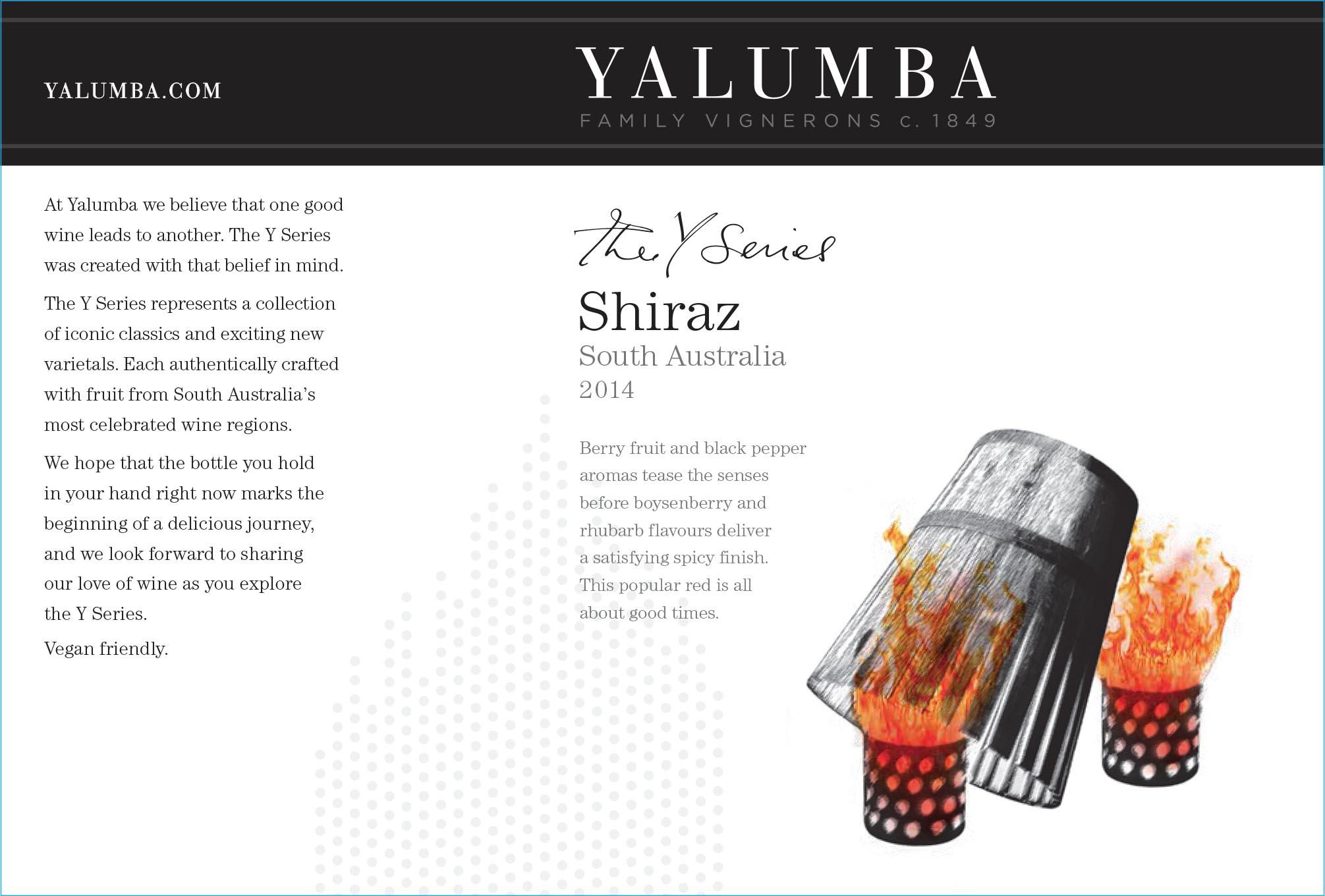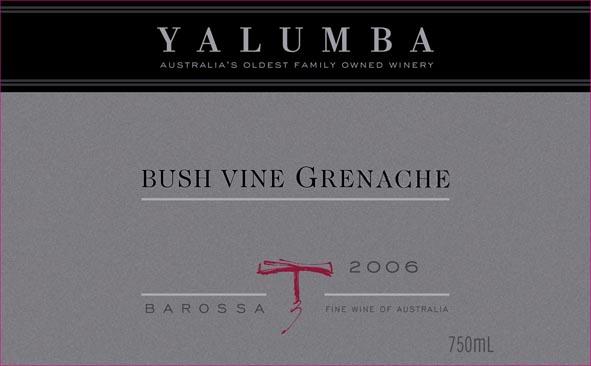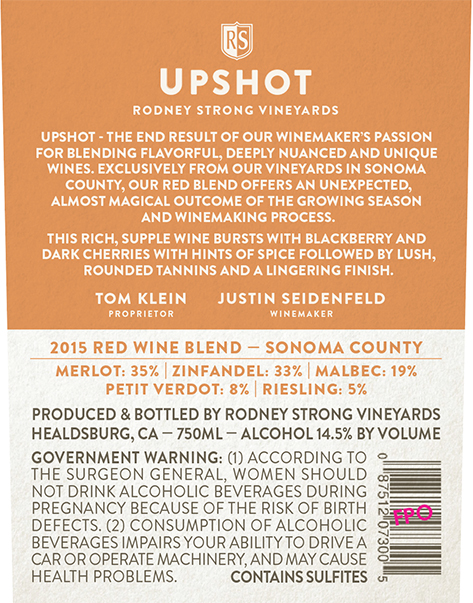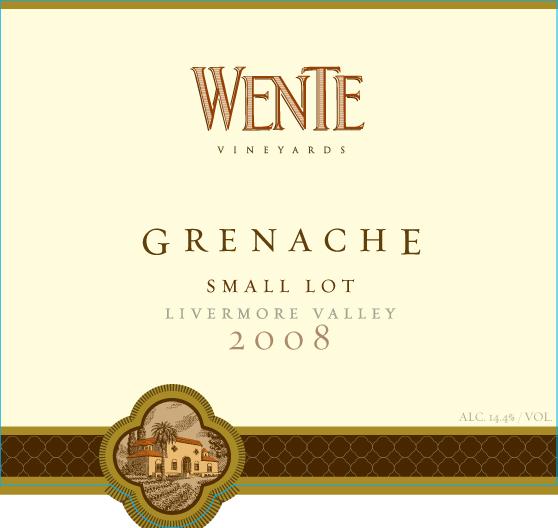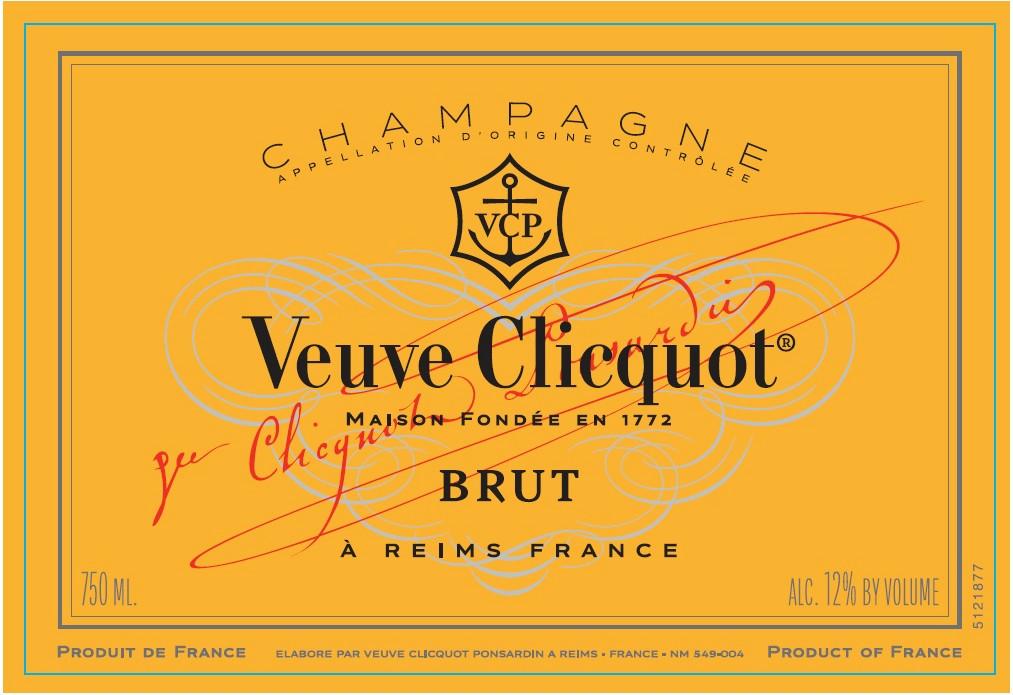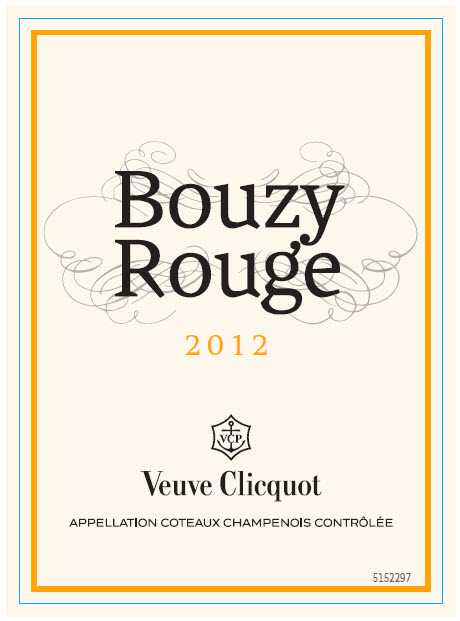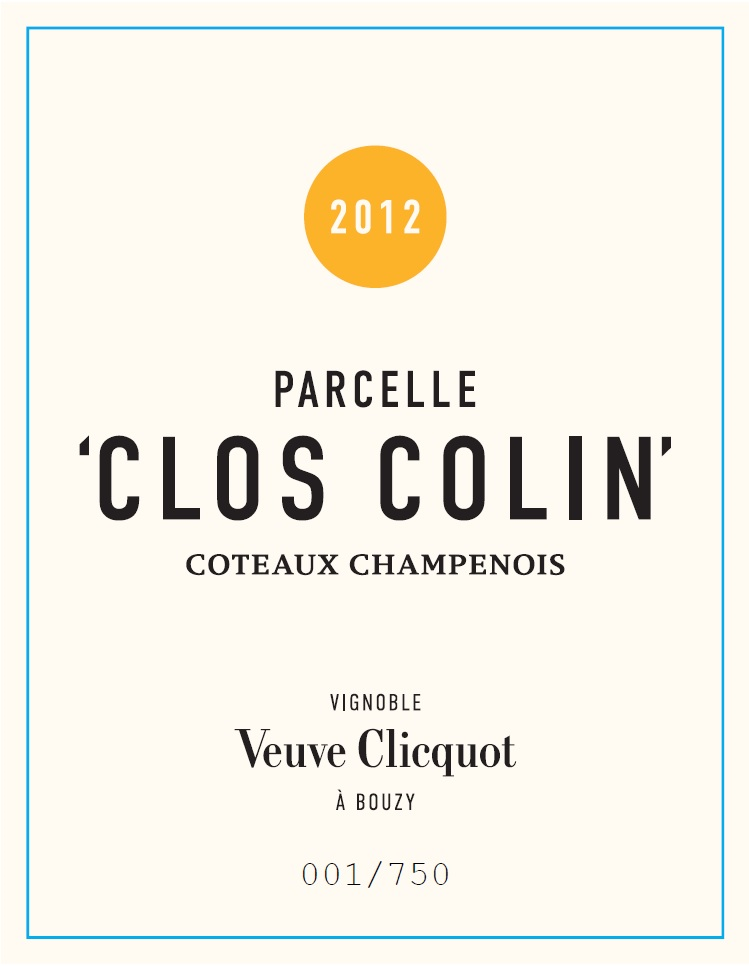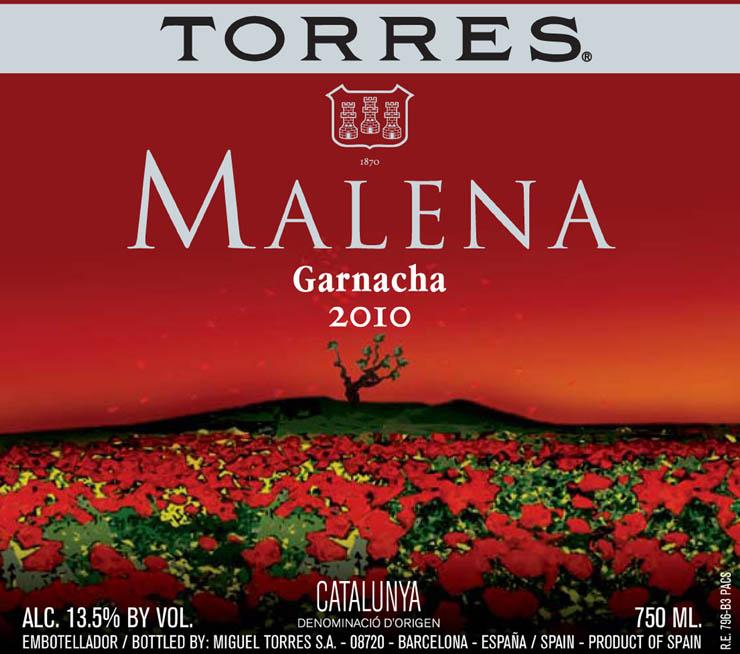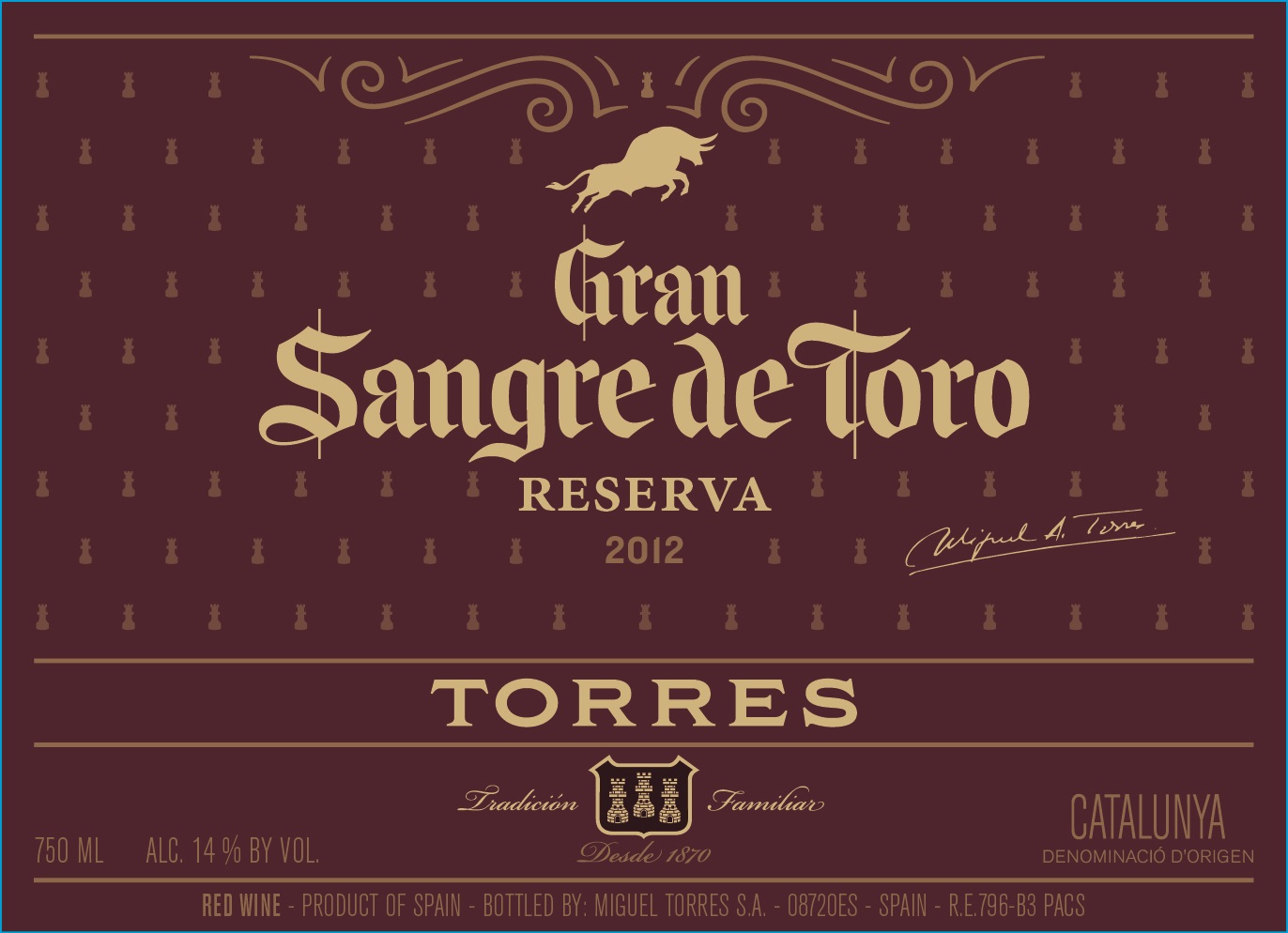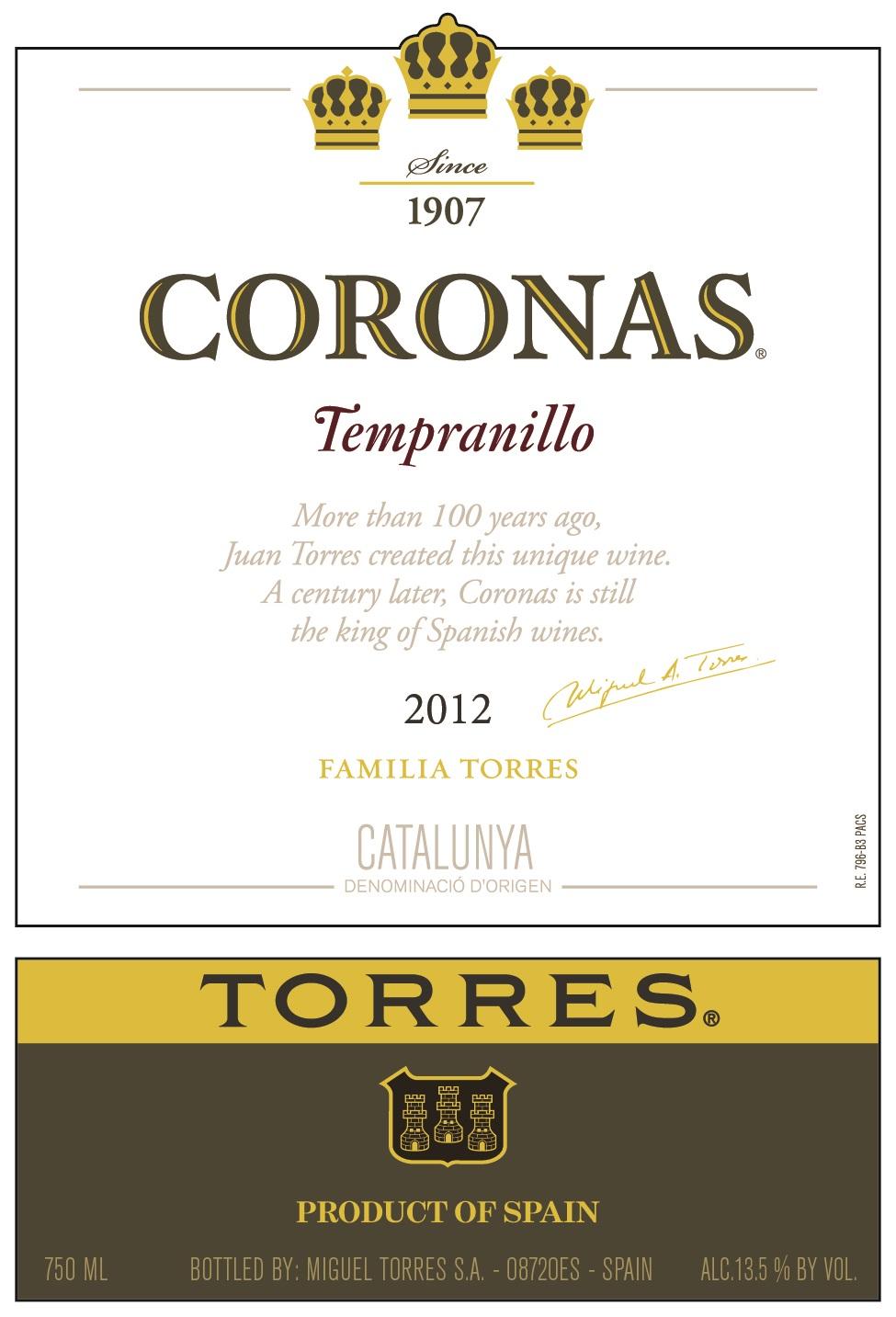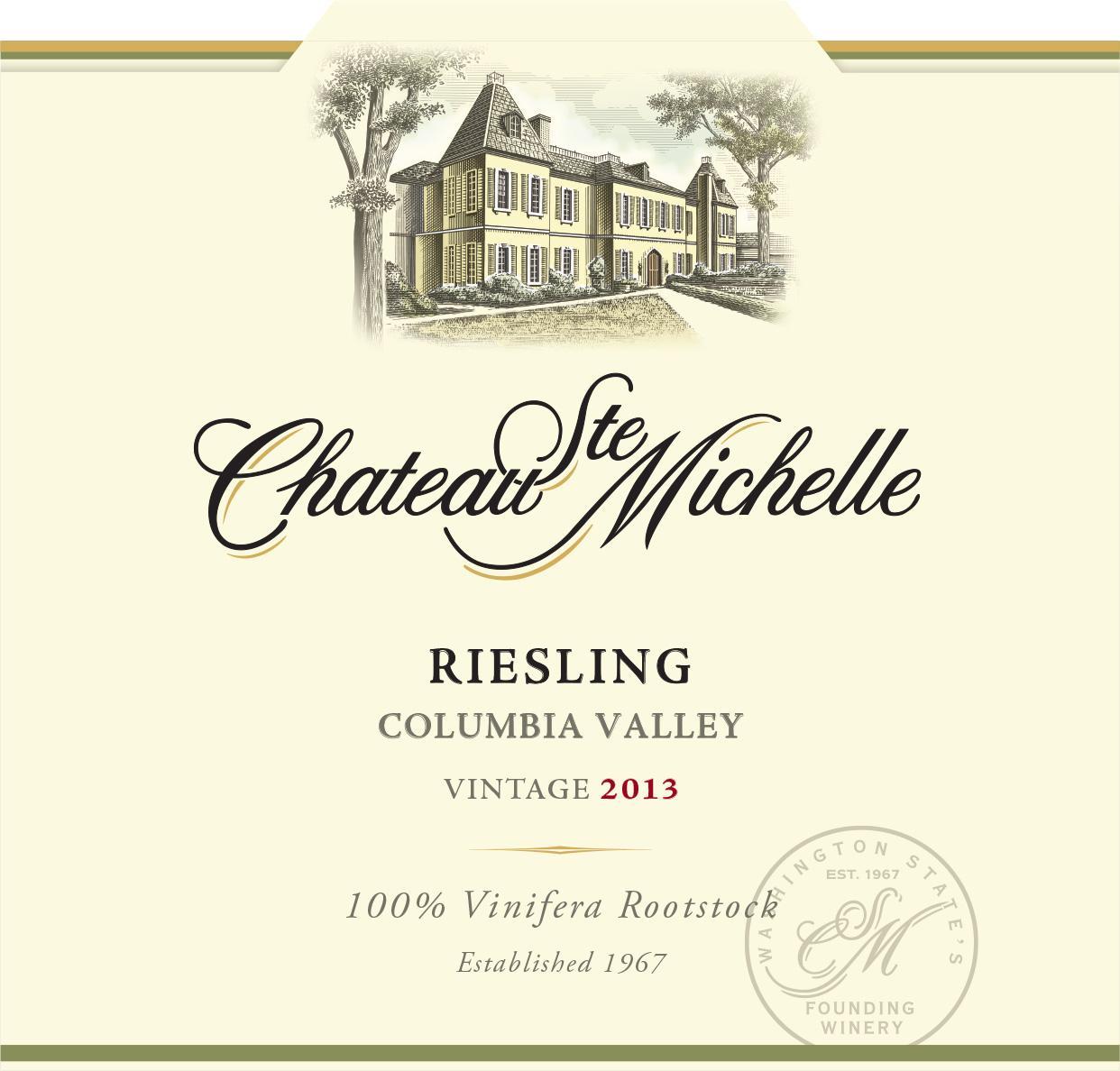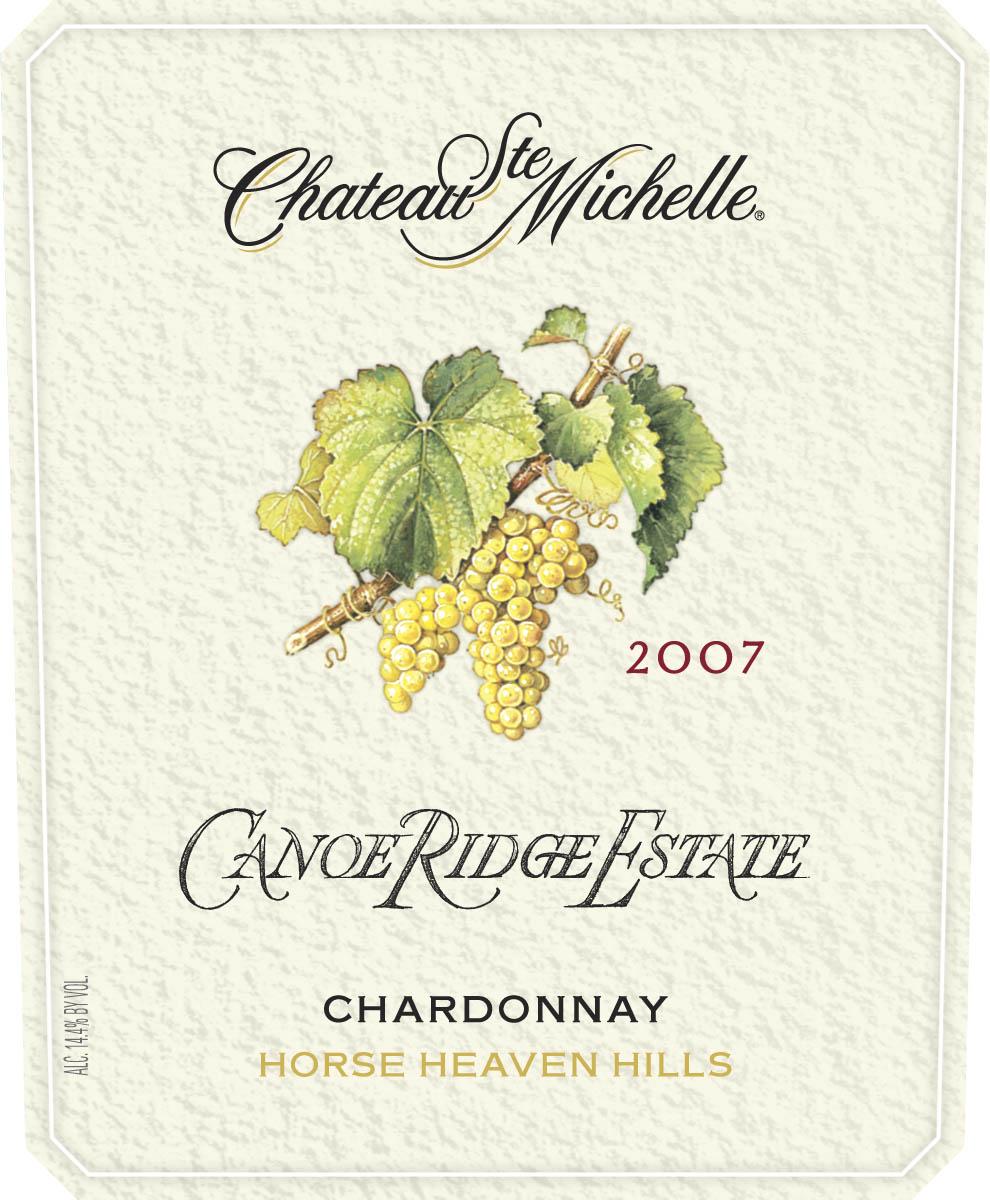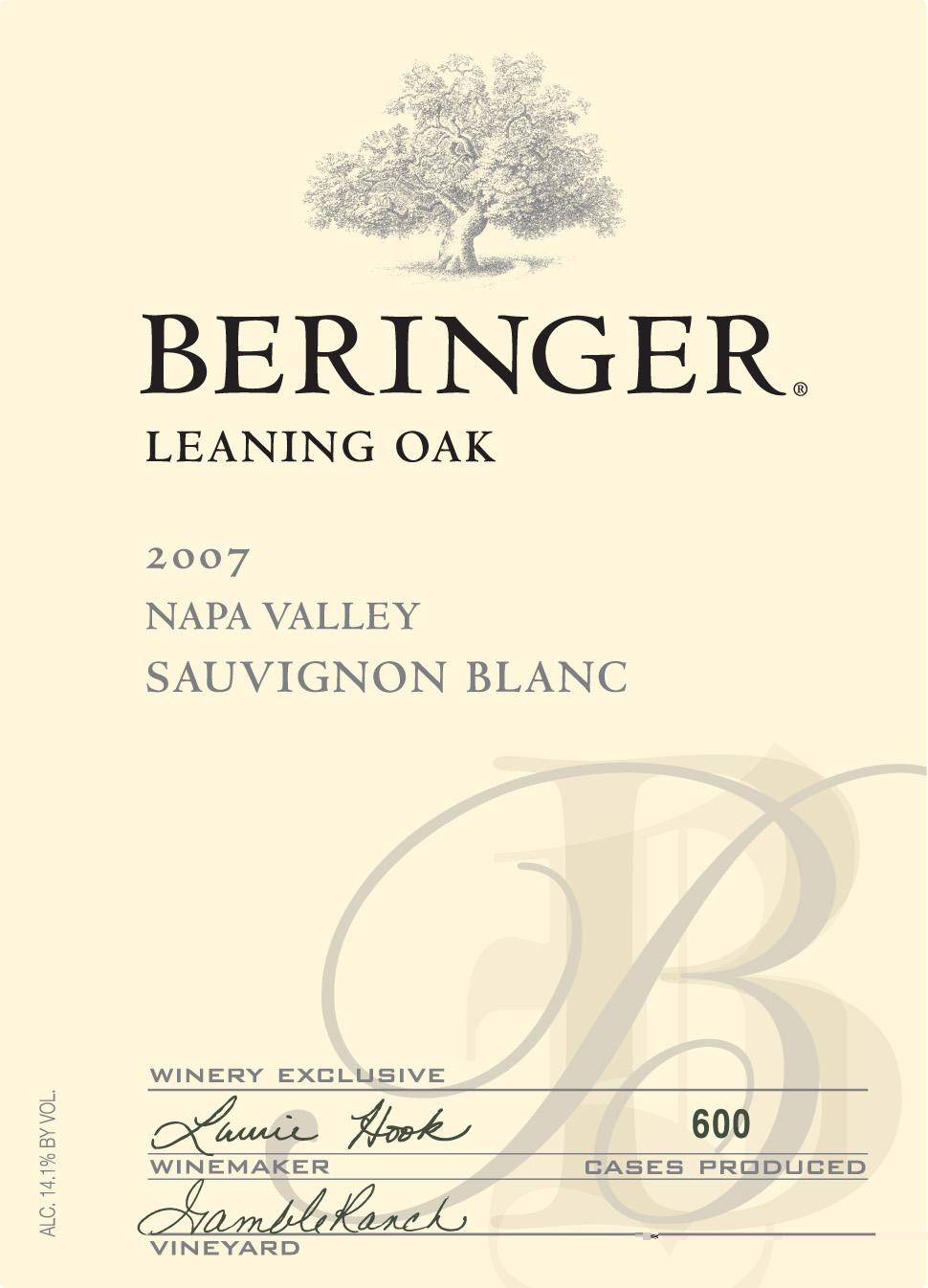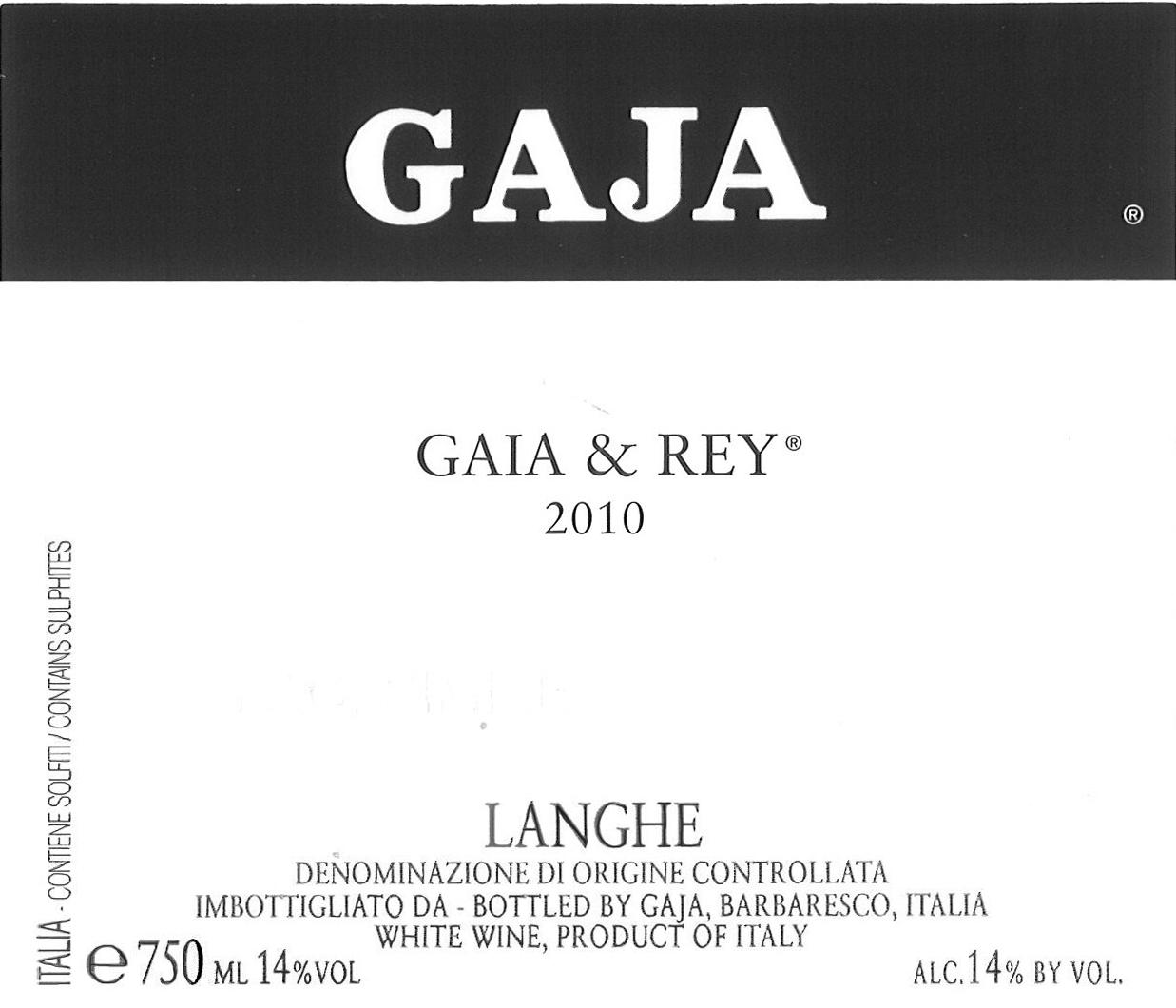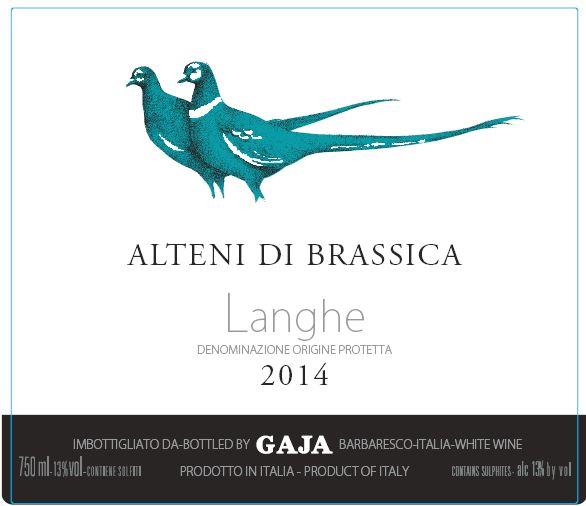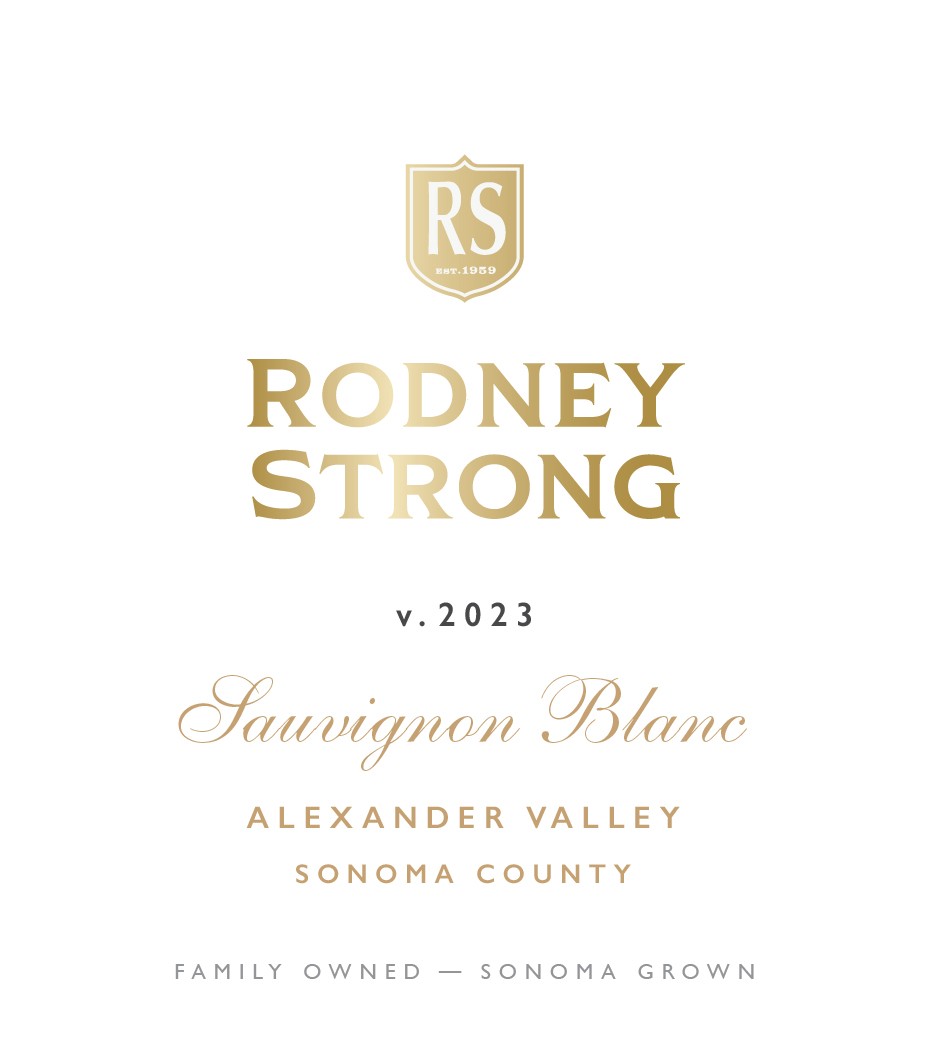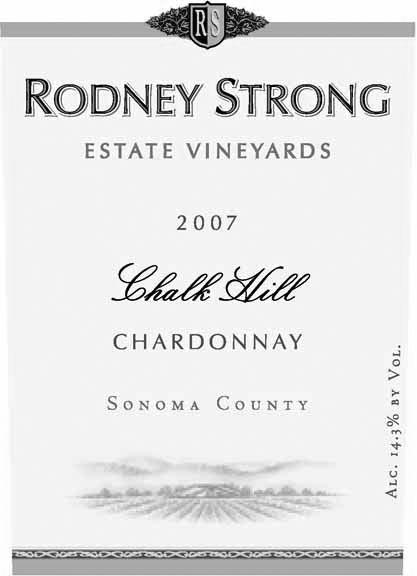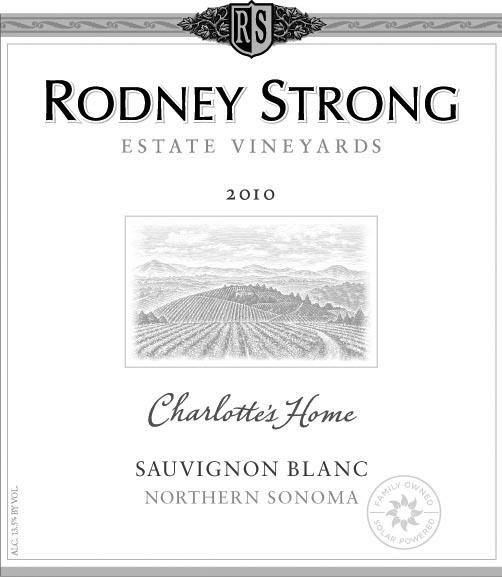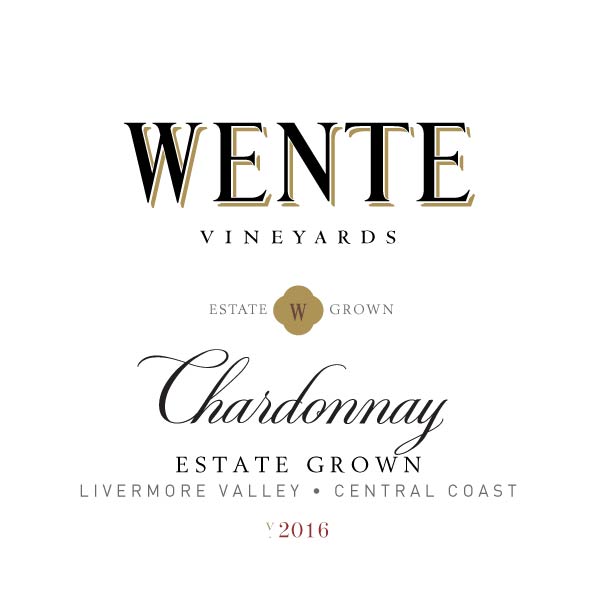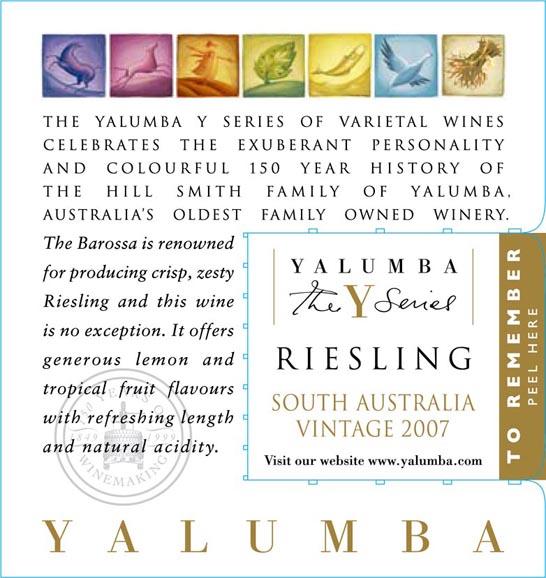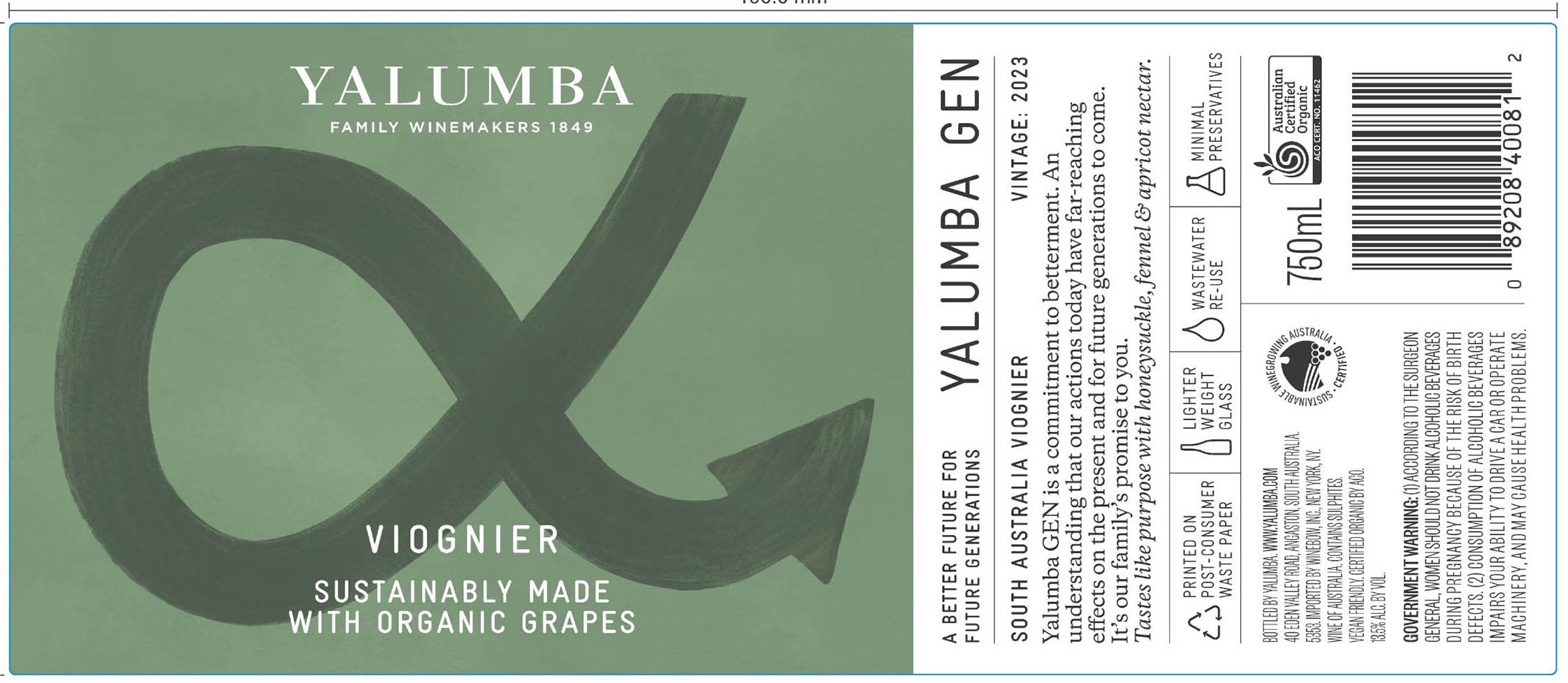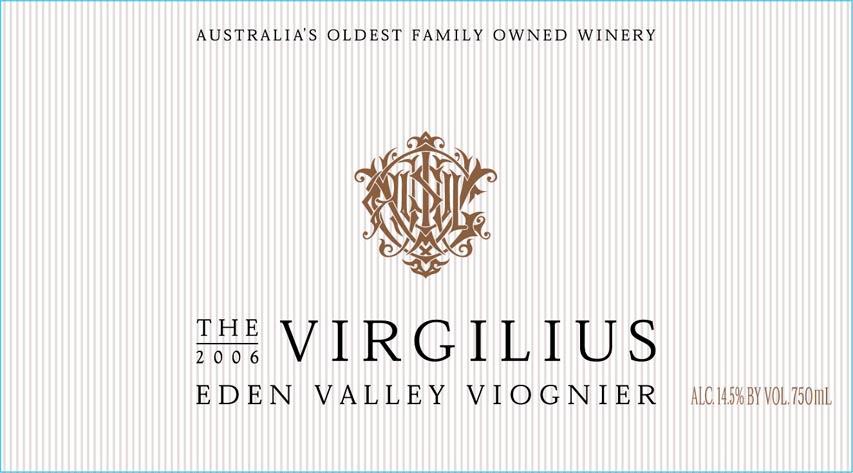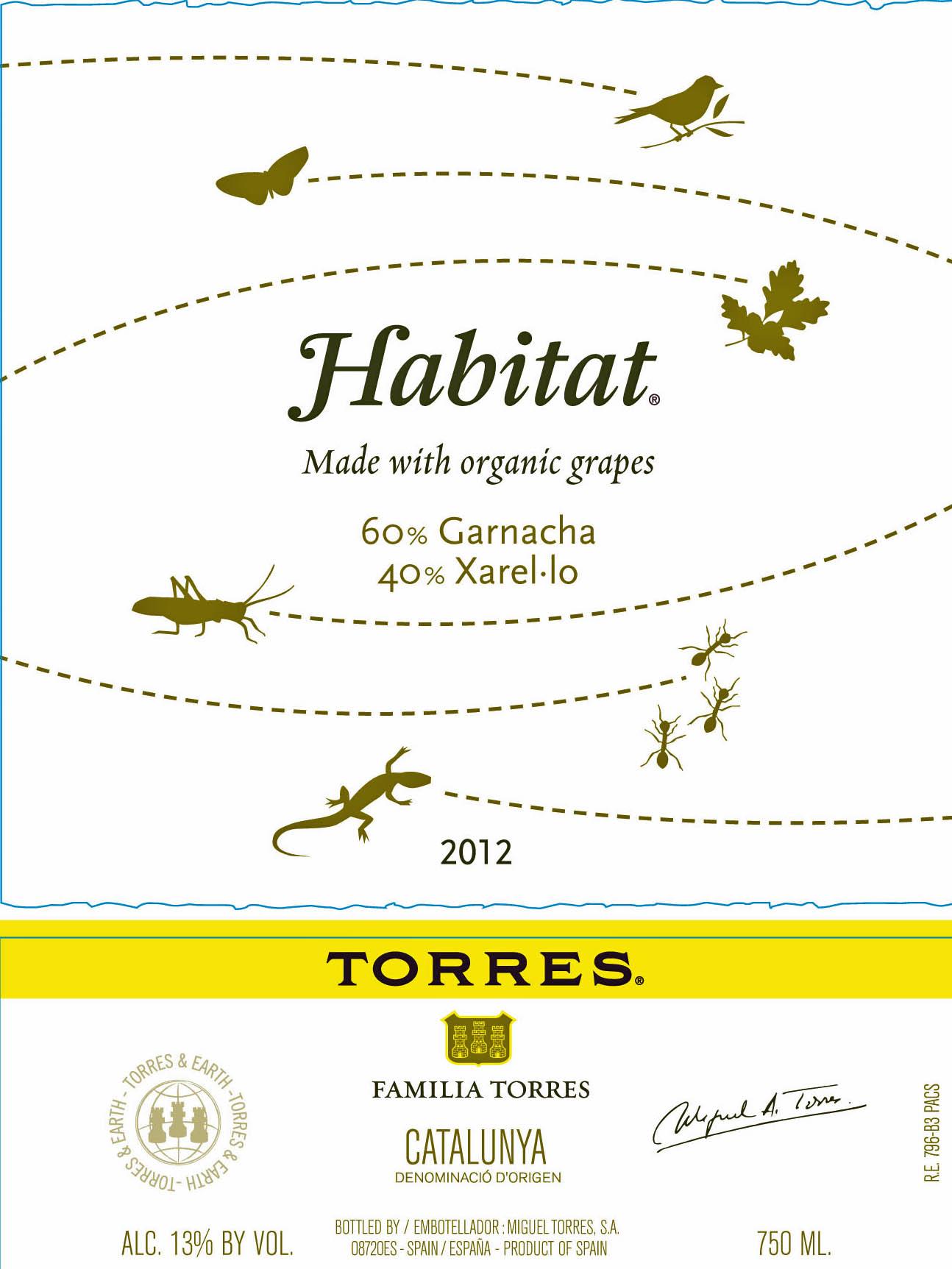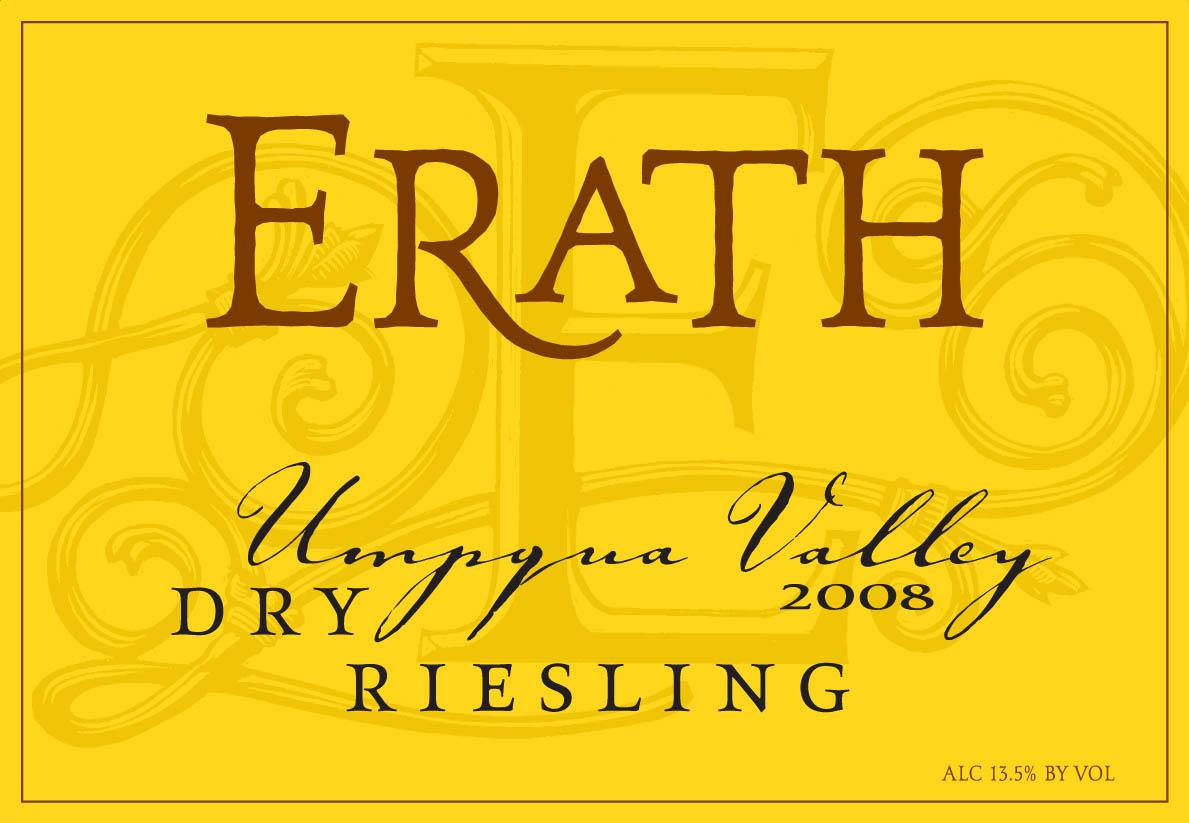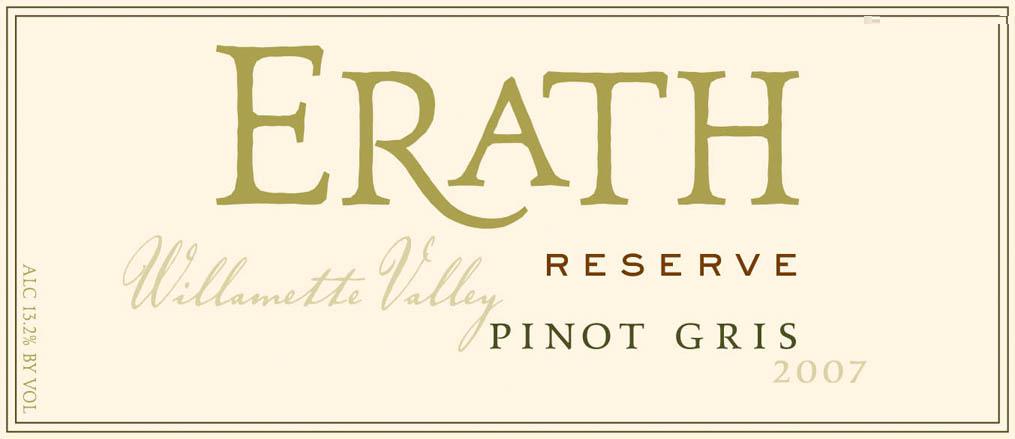Terroir of Alto Valle
The Alto Valle's terroir is shaped by its dry, continental climate and alluvial soils, perfect for crafting elegant wines. Nestled at low elevations between latitudes 38° and 40°S, the region enjoys warm, sunny days and cool nights, which ensure a slow and even grape ripening process. This temperature variation helps preserve acidity and develop rich flavors, important for the region's signature wine styles.
Soils are primarily stony alluvium with sand, silt, and clay layers, topped with gravel. These well-drained, low-fertility soils limit vine growth, enhancing concentration and character in the wines. The Andes' irrigation via the Río Negro is crucial due to limited rainfall. While spring frosts and strong winds pose challenges, they also reduce disease risk. The conditions of the Alto Valle, with its unique climatic and soil features, create wines with distinct freshness and finesse.
Notable Wineries in Alto Valle
Patagonia's Alto Valle, nestled in Argentina's Río Negro Valley, harbors a collection of notable wineries that express the region's unique terroir. Here are a few standout producers:
-
Bodega Humberto Canale: Established in 1909 in General Roca, this historic estate blends tradition with innovation, crafting a diverse array of reds like Malbec and Merlot, alongside whites such as Semillón and Chardonnay.
-
Bodega Noemía de Patagonia: Located in Allen/Mainqué, this small but renowned winery is celebrated for its old-vine Malbec, emphasizing purity and balance through meticulous care and small-batch production.
-
Verum: Known for high-end Pinot Noir, Chardonnay, and Malbec, this boutique winery captures the essence of single sites with minimal intervention and select oak usage.
Explore the Alto Valle Wine Route to discover these gems and more, including the noteworthy Aniello.
Sustainable Winemaking in Alto Valle
The Alto Valle region in Patagonia is embracing sustainability as both a necessity and a lifestyle. With its dry steppe climate and unique terroir, the region focuses on smart water use, healthy soil, and eco-friendly farming to ensure long-term environmental care.
Vineyards use drip irrigation systems, relying on soil moisture data to conserve water. Cover crops are planted to prevent soil erosion and boost organic material, while organic and biodynamic farming practices are gaining traction, thanks to the region's low disease risk. Wineries are also turning to renewable energy sources and efficient waste management, like composting grape pomace.
Adhering to national sustainability standards, Alto Valle's wine community is committed to protecting natural resources and engaging with the local community. This eco-conscious approach not only preserves the environment but also enhances the quality and character of the region's celebrated wines.
Wine Tourism in Alto Valle
Alto Valle in Patagonia offers a captivating wine tourism experience, blending natural beauty with historic charm. The Alto Valle Wine Route connects renowned wineries, such as the century-old Humberto Canale, with newer, modern estates.
Visitors can enjoy tastings paired with local artisanal foods like apple juice and cheeses.
The scenic backdrop includes the Andes foothills and the Río Negro, perfect for vineyard tours and outdoor activities.
The region thrives from February to April with harvest festivals like General Roca's Vendimia, featuring tastings and concerts.
Cycling is popular on the flat terrain, and some wineries offer unique experiences like blending workshops or guided terroir walks.
Culinary delights feature local specialties, and the area is easily accessible with good road connections.
Alto Valle stands out for its relaxed wine experiences and the warm hospitality of its fruit-farming community, making it a distinctive destination in Argentina's wine landscape.



